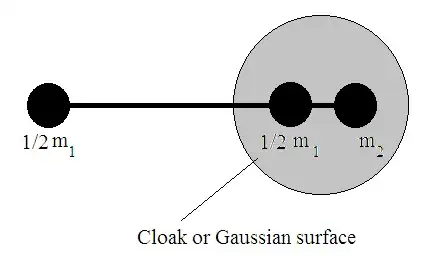Question: Some physicists believe that it is possible to have negative mass. My questions is would this negative mass create a negative gravity field, exerting a negative force on positive masses? And if so, would the negative gravity field cause an opposite effect on time, possibly slowing it down?
My attempt: I feel like it would exert a negative force because of the Universal Law of Gravitation. So we have a negative force exerted from a negative mass ($m_1$) on a positive mass ($m_2$):
$$ F_{+mass} = G \frac{(-m_1) m_2}{r^2} \vec{r} $$
This would mean that the gravity vector field is now pointed away (I think) from the center of gravity rather than towards it, aka negative gravity.
Now I am not familiar enough with the time dilation equations to take a shot at that but any search I have done comes up empty on that matter. But intuitively, it seems to me that time dilation would also work backwards.
